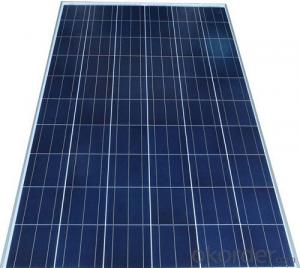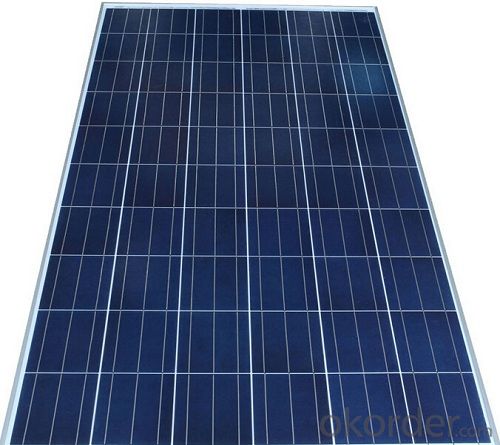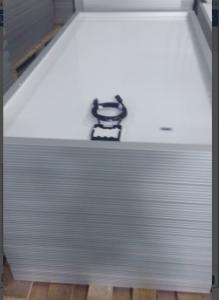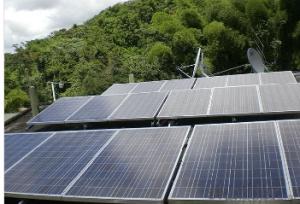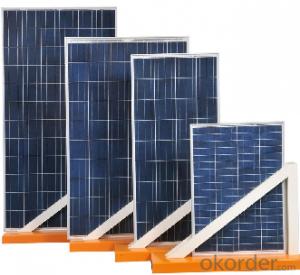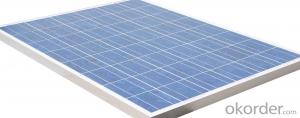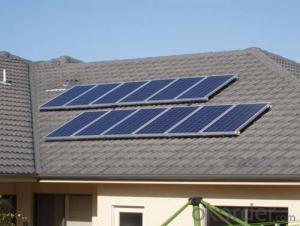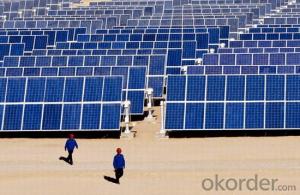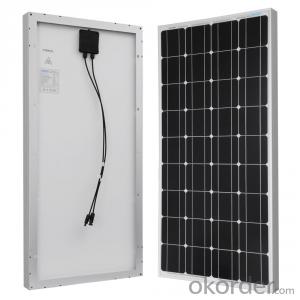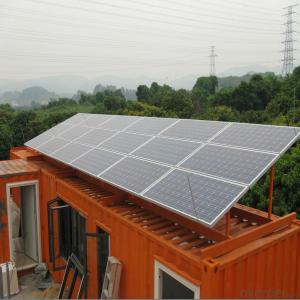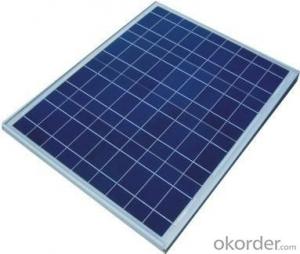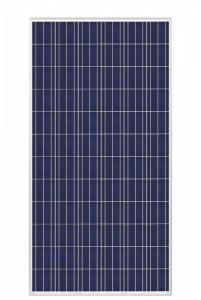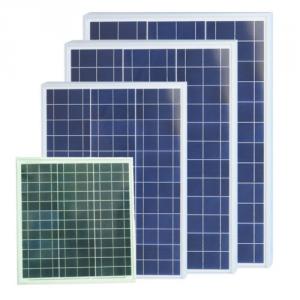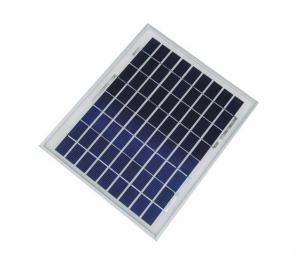Tier Solar Panels - High Efficiency Polycrystalline Solar Panel 230W Good Quality
- Loading Port:
- China main port
- Payment Terms:
- TT OR LC
- Min Order Qty:
- 230 watt
- Supply Capability:
- 230000000 watt/month
OKorder Service Pledge
OKorder Financial Service
You Might Also Like
1. Description of Product.
Solar Module is the core part of solar PV power systems, also is the highest value part of it. The function of Solar Module is to convert the sun's radiation to electrical energy, or transfer it to battery and store in it, or to drive the load running.
The Product has been widely used in space and ground, it mainly used for power generation systems, charging systems, road lighting and traffic signs areas. It could offer a wide range of power and voltage, and with high conversion efficiency, and long service life.
2. Detailed Information
Type | CNBM Solar Polycrystalline Series II | ||
Materials | Silicon | ||
Size | Length | Width | Height |
1640 | 992 | 40 | |
Guarantee | 12 yrs free from defects in materials and workmanship No less than 90% within 10yrs and no less than 80% within 25yrs TUV(IEC61215&IEC61730), CE, UL | ||
Application | Photovoltaic/ solar/ green energy/ energy saving | ||
Descriptions | 1.High efficiency crystalline silicon solar cell. Even if under the weak light, the solar module can produce maximum power output. 2.Tempered glass (toughened glass): Anti-reflecting coating and high transmission rate glass increase the power output and mechanical strength of solar module. 3. EVA and TPT: Using high quality EVA and TPT to prevent destroying and water. 4. AI frame: Without screw, rner connection. 6 holes on the frame can be installed easily. 5. Junction box: Multi function junction box with water proof. 6. Long lifetime: ≥25 years; Less power decrease. 7. Good performance of preventing from atrocious weather such as wind and hails. 8. Resisting moisture and etching effectively, not effected by geology. 9. The certificate issued by international authority: UL, TUV, IEC, CE.
| ||
Packaging Details: | 26pcs/pallet, 28pallets/ 40HQ Our solar panels are packed in cartons, and then pallet. Shipping by sea or by air are both ok, it up to customer’s chose. We’d like to inquiry the freight cost for customer after be informed exact quantity and destination address. | ||
3.Technology Process
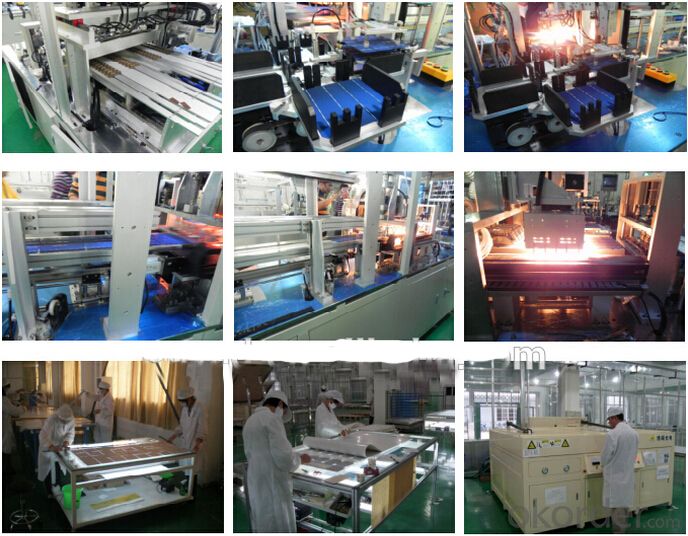
4. The Pictures of Product
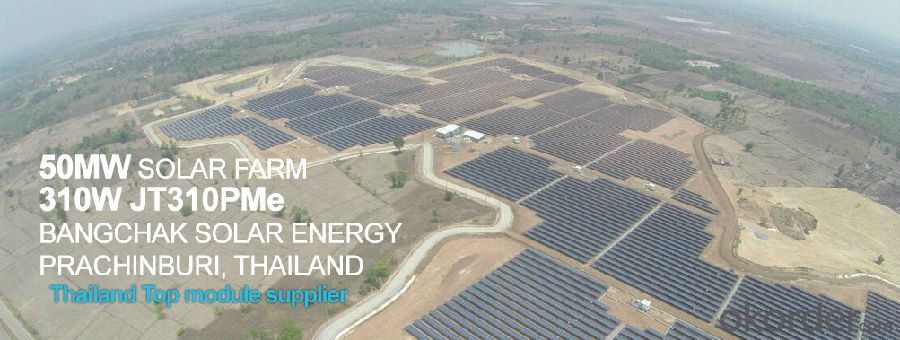
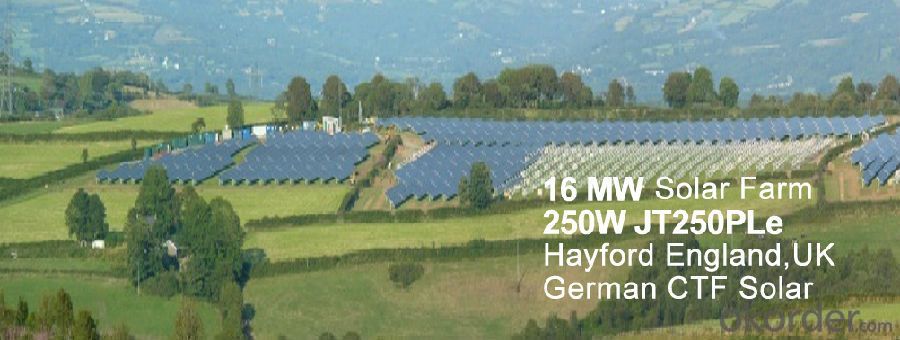
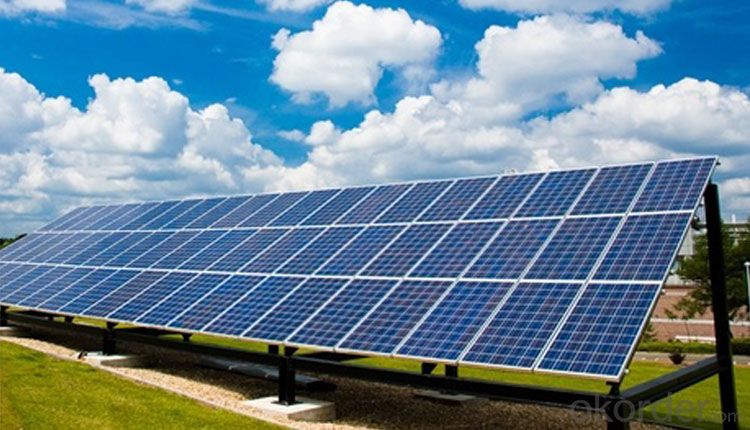
5.Packing Details
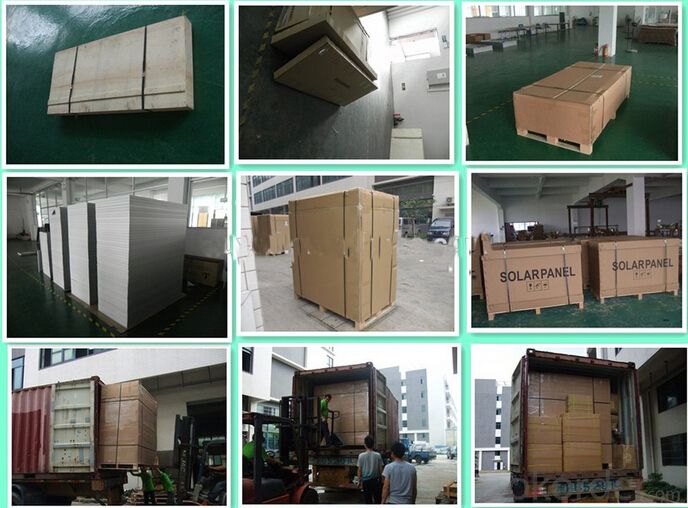
6.FAQ
We have organized several common questions for our clients,may help you sincerely:
1). What’s price per watt?
A: It’s depends on the quantity, delivery date and payment terms of the order. We can talk further about the detail price issue. Our products is high quality with lower price level.
2). Can you tell me the parameter of your solar panels?
We have different series of cells with different power output, both from c-si to a-si. Please take our specification sheet for your reference.
3). How do you pack your products?
We have rich experience on how to pack the panels to make sure the safety on shipment when it arrives at the destination.
4).Can you do OEM for us?
Yes, we can.
5). How long can we receive the product after purchase?
In the purchase of product within three working days, We will arrange the factory delivery as soon as possible. The perfect time of receiving is related to the state and position of customers. Commonly 7 to 10 working days can be served.
- Q: Does the new horizons has a solar panel for it power resources instead using nuclear generator?
- It uses the nuclear decay of plutonium in a 'Radioisotope Thermoelectric Generator, or RTG. The heat of plutonium decay is captured and converted to electricity. Pioneers 0 and , Curiosity on Mars, and other deep-space probes use this, as the sun's light is too dim to use solar panels.
- Q: Hey i am going to build a scale model house and demonstrate how you would use solar panels to provide energy. I am thinking of buying some kit solar panels and wiring up some lights to show how they power the home. Also i might hook up a battery in the house to show how you can store the energy. I might also have a large battery hooked up outside the house to represent a power plant that could provide emergency power. Any ideas or comments would be great. Thanks
- By gaps you could mean that it is expensive. Also, there is the debate over whether or not giving people incentives like tax breaks is a good idea Also, it takes a while to recoup the initial invesment in an array, although tax incentives would help and lastly, a solar array big enough to power the united states would have to be in an obnoxiously large area, alhough the ideal areas are already uninhabited because they are too hot.
- Q: I am building a solar panel I have wired in series 36 .5 volt solar cells to produce 8 volts I have another panel that has 34 .5 volt solar cells to produce 7 volts. Any issues with wiring these 2 arrays in Parallel? I.E. would the smaller array take usable power away from the larger array?
- Hmmm (8v -7v)/ 0 ohms .... shakes head....
- Q: Can solar panels be installed on a barn or agricultural building?
- Yes, solar panels can be installed on a barn or agricultural building. In fact, these structures often provide ideal conditions for solar panel installation due to their large, unobstructed roofs and proximity to open spaces that receive ample sunlight. Installing solar panels on barns or agricultural buildings can help farmers and landowners generate renewable energy, reduce electricity costs, and contribute to a more sustainable future.
- Q: Can solar panels be installed on a parking lot or carport?
- Yes, solar panels can be installed on a parking lot or carport. This type of installation is commonly known as solar carports. Solar carports provide shade for parked vehicles while generating clean and renewable energy. They are becoming increasingly popular as they offer dual benefits of generating electricity and providing shelter.
- Q: I'm doing a project for school and I'm a little confused about energy and solar panels. I'm looking to propose installation of solar panels to power the computer lab at my school. From what I've read a computer and monitor use roughly 350 watts per hour. I was looking at solar panels and it says they produce various wattage. For example, I was looking at one rated at 200 watts. Does that mean 200 watts in a day? Or per hour? Please help.
- The rating of a solar panel is a maximum continuous rating. A 200 Watt panel will give a maximum of 200 watts under ideal conditions. A computer and monitor use about 400 Watts. not per hour - watts is Volts * Amps and a measure of Power. In hour a computer and monitor uses 400 Watt hours (Wh). Wh is a measure of Energy. To power a lab of 0 computers you will need 0* 400 = 4000 Watts. To run this from solar panels through the day only you would need a 4000 Watt panel. Except - its cloudy, the sun is in the wrong place - many factors reduce the output. To be reasonably safe you would need about a 2000 Watt panel. Then you would need batteries to store power through dull periods AND a voltage converter to change from low voltage DC from the solar panels to the mains voltage for your computers.
- Q: What are the maintenance requirements for solar panels?
- The maintenance requirements for solar panels include occasional cleaning to remove dirt and debris, checking for any damage or loose connections, and ensuring that the panels are receiving sufficient sunlight. Additionally, regular monitoring of the system's performance and scheduling professional inspections can help identify and address any potential issues.
- Q: I have a solar panel 7.5V .25W 50mah, connect 2 in parallel to power a RC boat. The boat use to run on 6cell battery pack - 7.2V 800Mah.The dc motor requirement based on the provided battery pack, i assume would be 7.2V and rated at (7.2V * .8Amp) = 2.96 Watt.Would two of my solar panels run this DC motor ?are my calculations or understanding correct ?do lend a hand dear ''world''
- Wood? Steel tubing could be a lot lighter. Use the hardest narrowest tires you can find bicycle wheels and tires would work nicely and they can be had with really light disc breaks. As for a motor a golf cart motor is made to order. You can get an old electric golf cart and have almost all the parts you will need. Hell cover the roof of the cart with photo voltaic and have a ball. Note I stress weight savings as weight will cost you energy and with photos you won't have much to spare. You will need a battery pac of some sort lithium are a better choice than lead acid. there is a ton more to consider good luck with your project.
- Q: I want to build a Solar Panel at home.Where can I find possibilities for Selfmade Solar Panels
- that will sell a ready-made panel for less than that. Note that when someone puts up free instructions, they usually have lots of pictures of themselves and what they made, step-by-step. What I have noticed in all of the review sites for solar guides is that they never have a picture of what they made, in spite of their claims to have tried the guide. At best, all I see is stock pictures from the guide.
- Q: I purchased some small 3.6 v 70mA solar panels online. I have no experience with solar panels. I am confident of the layout of the parallel circuit I want to create, however I don't know how to properly connect the tabs that come from the sides of the panels. Any help on connecting them?
- Okay okorder /... That metal strip up top is negative, if you turn it around and look on the back you will see another metal strip there which would be positive. When it comes to wire, I use 24awg audio wire I got from radio shack, they only have solid wire at this gauge at my local radio shack but stranded is preferable. Solar cells are super fragile too so you're going to want to be extra careful. I then take a length of stripped wire and lay it over the silver tab, I hold it in place with some electrical tape at each end. Here is where experience comes into play, you can't use just any solder when making these connections. Well, you can but it takes a hell of a lot more time and effort to get it right. Make sure to use 96/4 silver-bearing solder. I'm not sure why but 60/40 solder does not adhere very well to the cell and usually the soldering iron has to stay on the cell for far too long which ends up discoloring it. If you need help on how to solder send me a message, you need to know how to properly tin the iron, since this is such a meticulous and unforgiving soldering job.
Send your message to us
Tier Solar Panels - High Efficiency Polycrystalline Solar Panel 230W Good Quality
- Loading Port:
- China main port
- Payment Terms:
- TT OR LC
- Min Order Qty:
- 230 watt
- Supply Capability:
- 230000000 watt/month
OKorder Service Pledge
OKorder Financial Service
Similar products
Hot products
Hot Searches
Related keywords
